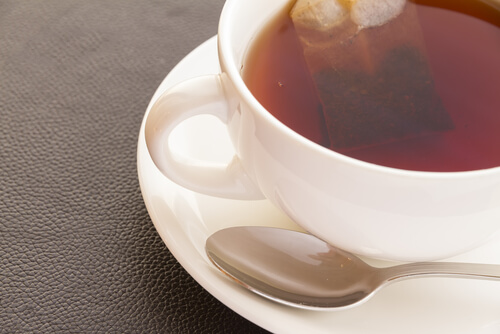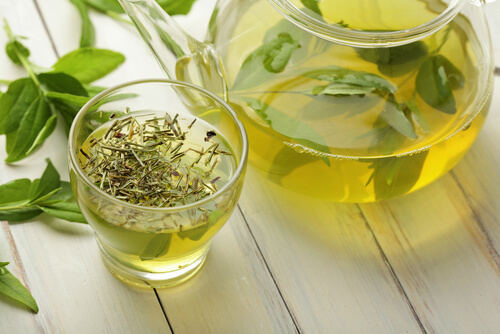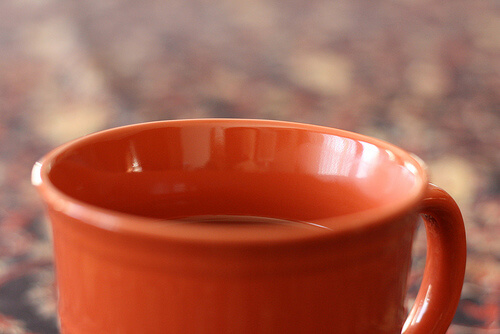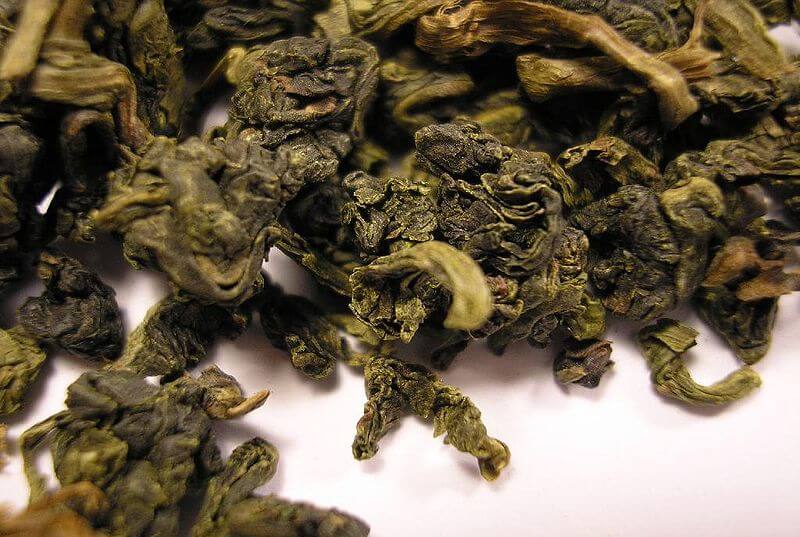The Ultimate Guide On How To Properly Prepare Tea
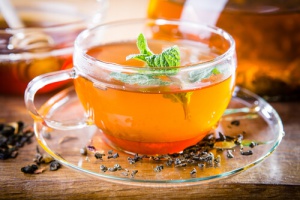
Do you know how to properly prepare tea? Do you even know where tea comes from? The Chinese have a couple of very colorful legends! According to one of them, a light summer breeze caused several leaves to fall from a wild tea tree into the water that the Chinese emperor, Shen Nung, was boiling. That is how the new aromatic, delicious and refreshing drink captivated the emperor. The rest is history!
Nowadays, tea is a very popular drink around the world. Even more, its consumption is related to the prevention and cure of diverse illnesses: from cardiovascular to neurodegenerative diseases. By drinking tea often enough, you’re helping your body be the healthiest it can be!
A cup of tea is wonderful on those days when we are feeling upset, depressed or down. But… do we really know how to properly prepare tea? Today, we will explain how to properly prepare the world’s most popular teas.
The classic black tea
The most common, regular black tea is a drink prepared mainly using the leaves and buds of the Camellia sinensis bush. Its antioxidant, anti-inflammatory, neuroprotective and calming properties are due to this plant’s high content in polyphenols and catechins. The leaves of the plant go through dehydration, and then they are left to oxidize. Black tea is the more oxidized of all kinds of teas.
C. sinensis tea is also rich in fluoride and mineral salt, though their concentration varies depending on the type of tea. On any account, tea is rich with a variety of botanical compounds that in the right quantities can be very beneficial to human physiology.
The leaves used in the preparation of this tea are subjected to a long process of oxidation after they are dehydrated. The drink is a reddish and dark color and it has a very high content of caffeine.
Green Tea
Surprisingly, green tea is made from the same plant as black tea. Nevertheless, the leaves are treated differently. In the case of green tea, the leaves go through dehydration, drying and rolling processes, but not oxidation.
Given that green tea leaves do not suffer any fermentation process, their nutrients and properties remain almost perfectly intact. It has a green color and a very refreshing taste.
Green tea has very strong antioxidant properties and has a significant amount of caffeine, making it a good substitute for coffee (although with milder effects).
Read also: 4 Ways to Drink Green Tea for Weight Loss
White Tea
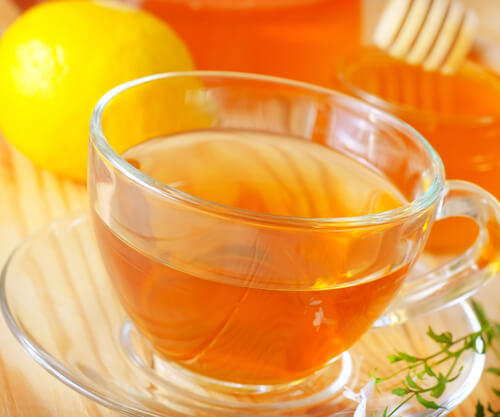
White tea is prepared with leaves that are still closed (buds) of the plant. These leaves are dehydrated and they do not undergo a fermentation process or an oxidation process. This tea has a very mild flavor and its name was coined due to the color of the buds.
Although there are chemical differences between green and black tea, the difference between these two and white tea aren’t chemically significant. Nevertheless, white tea has antioxidant activity just as green or black tea, and according to an Italian study, it has more antioxidant percentage than black tea.
Red Tea
Red tea, also known as pu-erh, is prepared with leaves that, after undergoing a dehydration and drying process, go through a long fermentation process, which is longer than that of black tea.
Later, red tea is put through a ripening process that could last for decades. This process is what gives red tea its earthy flavor and its rusty coloring. This is a highly esteemed tea in China.
Blue Tea or Oolong Tea
This is a very delicate tea with a floral or fruity aroma due to the short oxidation process that these leaves go through. It is very esteemed in China.
As with other teas, Oolong tea has a strong antioxidant activity, which could result in long-term health benefits when consumed often enough.
Read more: Blue Tea for Natural Weight Loss
How to properly prepare a cup of tea
Although knowing what tea variety you want to drink is important, it isn’t enough. Once you have chosen your favorite kind, you then have to prepare it…and this is not as easy as it sounds, they all require a specific technique.
First, here are some basic instructions:
- Ideally, you’d have a tea kettle with enough space for the leaves to move around and to open up on the inside. Wash your tea kettle with water alone.
- Find the purest water possible because the salt content of water makes the flavor vary.
- You should drink your tea immediately following preparation. Over time, it can oxidate and give it an odd taste.
Preheat your tea kettle:
Use a small amount of hot water to rinse out the tea kettle or the container where you are going to use, as well as the teacups. This way, you will avoid wasting heat by putting water in the tea kettle cold.
Heat the water:
You should use fresh water, and to be exact, you should use mineral water. In the event that your budget doesn’t allow for mineral water (mine doesn’t!), then regular, filtered tap water should suffice. We’re no purists here!
In order to properly prepare tea, you should heat the water up so that it does not boil. Boiling makes water lose oxygen, and this is a key component of good tea. The temperature the water should reach varies according to the kind of tea and its quality. Here’s a simple guide:
- Green Tea: from 65 to 85º C
- White Tea: from 75 to 80º C
- Black Tea and Red Tea: from 90 to 100º C
- Blue Tea: from 85 to 90º C
When you reach these temperatures, you allow the full flavor of the tea to develop, without making it taste overheated. Nevertheless, it’s all a matter of personal taste. The team at The Spruce Eats states that different temperatures develop different flavor profiles in the tea. Experiment and have fun with it!
Add Tea or Water:
Depending on the tea, you should add one or the other. If the tea leaf is delicate and mild like with oolong or floral teas, it is advisable to add the water to the tea kettle first and then the tea. In contrast, if it is a robust tea leaf like in some varieties of black tea, the opposite should be done. These steps have a notable influence on the drink’s flavor.
After you have added the tea/water, cover the kettle and let it brew.
How long to steep the tea:
This depends on the tradition you’re following, the type of tea and the flavor or taste that we want to achieve. Within the first minute of steeping, the leaves transfer almost all of their flavor and theine to the water.
On the other hand, starting at the two-minute mark, the leaves start to release tannins that can give the tea a harsh flavor. In some teas with a strong flavor, this is normal. When it comes to floral teas or other delicate teas, it’s best to let them brew for a bit less time.
- White Tea: 1-2 minutes
- Green Tea: 1-3 minutes
- Blue Tea: 3 minutes
- Black Tea and Red Tea: 2-3 minutes
Serve and Enjoy
Sugar changes the properties and the flavor of tea, therefore, if you can, try to learn to enjoy your tea without any sweeteners.
Is there just one method?
Well, now you know how to prepare your favorite tea properly! Nevertheless, it’s important to acknowledge that there isn’t just one method for preparing it.
Here’s a brief summary of four different ways to prepare tea according to some country’s tradition. There are lots of other ways to properly prepare tea, these are just some of the most representative! Experiment and enjoy.
British Traditional Method
To properly prepare British tea, add one teaspoon of tea per teacup to the kettle. Then, add an extra teaspoon for flavor. Of course, this amount can vary according to the kind of tea and personal taste. Pour hot water on top of the leaves and cover for the minutes required depending on the type of tea that is being prepared.
On the other hand, you should heat each the teacup before serving the tea. This preserves the heat of the beverage and keeps the liquid warm for longer.
Japanese Method
In this method, you should place a teaspoon of tea into each cup. Then, pour almost-boiling water into the cups. Finally, stir the mixture for several seconds using a bamboo whisk. You should drink it in small sips, be careful!
Russian Method
To properly prepare Russian tea, add 3 or 4 teaspoons of tea half a liter of water. From this strong tea, pour a small amount into each cup.
Dilute the remaining tea with more hot water, then let every guest dilute their own cup with the watered-down tea. Traditionlly, the Russian sweeten their teas with sugar or jam.
Moroccan Method
Place the tea in the tea kettle and add a small amount of boiling water. Discard this initial strong tea. After emptying the kettle -leaving you with only the leaves-, refill the tea kettle with more boiling water and allow it to steep for several minutes.
Serve the tea in glasses with a handful of fresh mint leaves at the bottom.
Pakistani Method
To make tea for six people, you will be using a liter of milk and two tablespoons of tea. Heat the milk to a boil and pour it over the tea. Allow the mixture to steep for five minutes and then serve it while still warm.
Traditionally, you could add sweeteners and spices such as cinnamon, cardamom, and ginger.
Now that you know how to properly prepare tea and the methods involved in it, go make yourself a cup and enjoy!
All cited sources were thoroughly reviewed by our team to ensure their quality, reliability, currency, and validity. The bibliography of this article was considered reliable and of academic or scientific accuracy.
- Curr Pharm Des. Author manuscript; available in PMC 2014 Jun 12. Published in final edited form as: Curr Pharm Des. 2013; 19(34): 6141–6147. Tea and Health: Studies in Humans. https://www.ncbi.nlm.nih.gov/pmc/articles/PMC4055352/
This text is provided for informational purposes only and does not replace consultation with a professional. If in doubt, consult your specialist.

